By Gabriel-Beniamin Les
Former Defense Minister of Romania
SESC Executive Board Member
The United States, Romania and 17 other countries recently completed the Sea Breeze naval exercises in Ukraine. The effort included more than 3,000 personnel and 32 vessels in an effort to continue to protect the critical Black Sea region. This event symbolizes the strong military relationship between Romania and the United States.
During the exercise, Russian Black Sea Fleet missile destroyer Smetlivy entered a Black Sea area closed to navigation, despite a warning regarding the closure of the area for conducting the exercise. The Russian ship was interviewed by Ukrainian frigate Hetman Sahaidachny in accordance with the international protocol, but pretended to have "problems with communication."
Romania’s posture as an EU and NATO border-nation, triggers a wide range of specific risks and threats. Romania’s concerns regarding the security of the Black Sea have proved to be true. Following the 2014 annexation of Crimea, special attention has been given to the NATO Alliance’s eastern flank because the Russian Federation has been issuing threats and posing challenges.
Romania is equally concerned about hybrid threats. Information warfare, cyber-attacks, as well as many other unspecific tools are used to undermine Allied solidarity, as well as the national security of the states in the region.
To protect Europe and possible invading forces to the east, the United States is investing in Romania’s defense. improving the Mihail Kogalniceanu base and airport, located in the vicinity of the Black Sea port of Constanta and the U.S. Army intends to spend $21.6 million in 2019. The military sector of the Mihail Kogălniceanu International Airport is currently an annex of the 86th Air Base. Since 1999 it has occasionally been used by the United States Air Force.
The U.S. is also spending $12.9 million for the anti-missile shield systems, including the one in Deveselu in southern Romania, the only one that is currently operational in Eastern Europe. Approximately 100 soldiers from Fort Hood, Texas, deployed to Romania in April as the NATO's Aegis Ashore Ballistic Missile Defense (BMD) site was improved in a long-planned upgrade.
In July, U.S. Air Force unmanned aircraft – or drones -- began flying out of a temporary camp in Romania, a move that puts intelligence-gathering capabilities closer to the Black Sea as tensions between U.S. partners and Russia continue in the region.
The shift south for a group of MQ-9 Reapers was prompted by construction at their main operating base in northwest Poland, U.S. Air Forces in Europe said. An unspecified number of personnel and support equipment have relocated with the Reapers to Campia Turzii Air Base in the center of Romania. The air base is the home of Romanian fighter and helicopter squadrons.
“This temporary relocation is conducted with the full cooperation of our NATO ally, Romania,” U.S. Air Forces in Europe said in a July 4 statement.
Outside of Romania, the Romanian Ministry of Defense has also continued to improve its capabilities for NATO and multinational operations and has repeatedly deployed forces and assets in support of shared national security interests, including significant contributions of troops, equipment, and other assistance in Afghanistan, Iraq, Libya, and Kosovo. Romania hosts the NATO Multinational Division Headquarters South East, which is NATO’s fully operational command and control node for the region.
In the same respect, Romania understands that solidarity comes with responsabilities and burden sharing. This is the third year Romania has committed to earmark 2% of the GDP for defense, so from a political angle, we have ensured the prerequisites for the Romanian Armed Forces to be revamped and more effective.
On the other hand, I hope that our successful security and defense cooperation model may be further applied to other sectors and result in a stronger business and cultural ties between Romania and the United States. Romania welcomes U.S. companies seeking to partner with Romanian firms to help boster our economy.
The Romanian people appreciate this cooperative relationship. According to a 2018 European poll, 78% of Romanians view the United States favorably, and this is not something that we sould be taking for granted. We share the same values, as we have common interests, so let’s not lose the momentum.

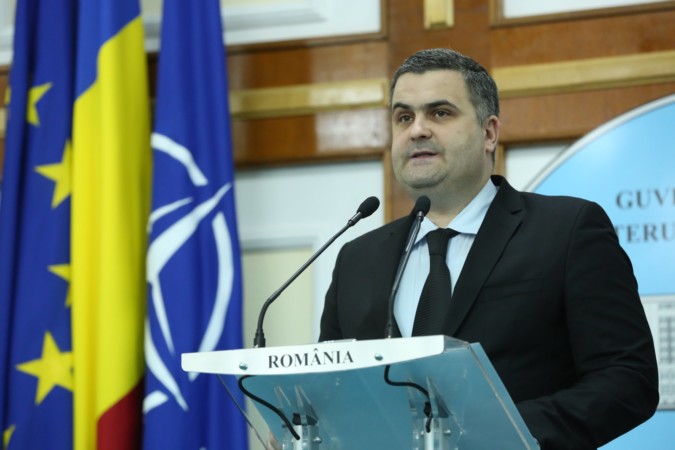
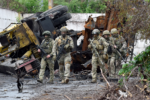
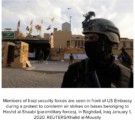
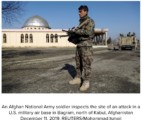
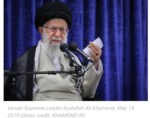
Leave a Reply